Commentary
B.
Bulletin
New Zealand's leading
gallery magazine
Latest Issue
B.21601 Jun 2024
Contributors
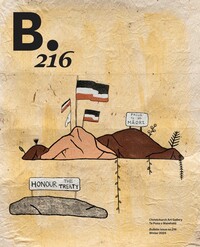
Commentary
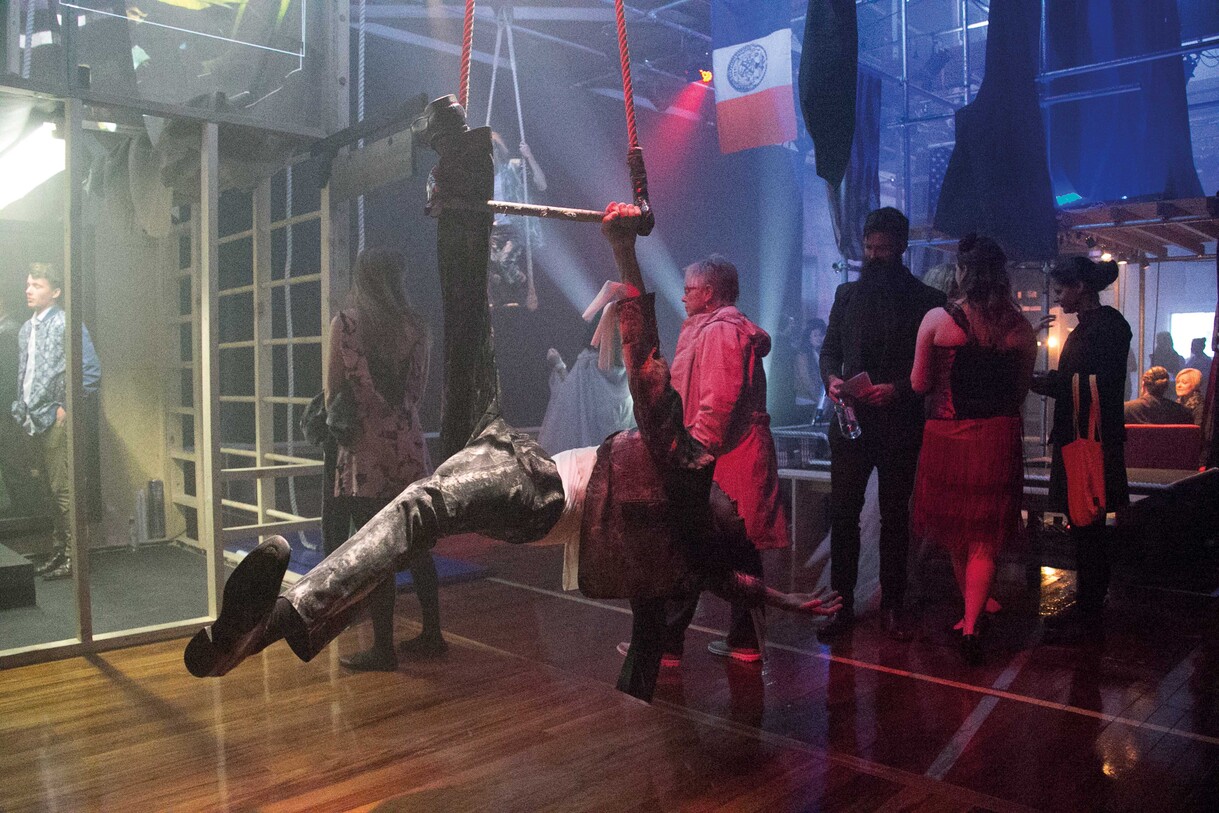
Artists Should Be Giving Business Advice
There has been a healthy debate going in relation to Germany’s Covid-19 emergency fund, which allocated the equivalent of NZ$900 million to artists and freelancers, with extra support from the Berlin municipality, leading some to call it an ‘arts-led’ (as opposed to ‘business-led’) approach to recovery. Some in Germany are claiming this will have better long-term economic outcomes, whilst addressing social and wellbeing recoveries at the same time. Others – without necessarily denying the first claim – fear gentrification and the instrumentalisation of arts, when it’s overtly being used as a tool for the economy.
Commentary
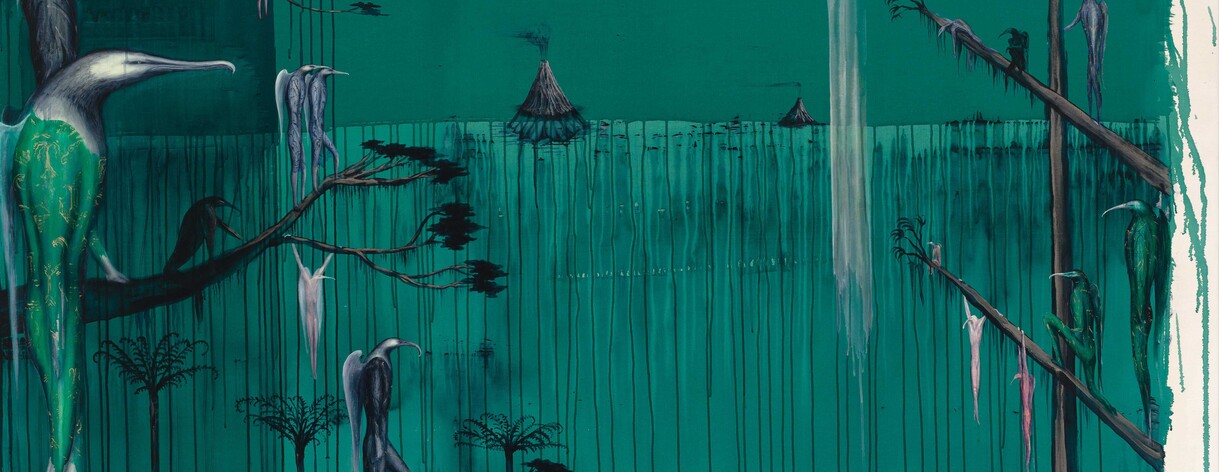
The Edge of the Sea
A vision of New Zealand’s past from 1995:
Europeans first imagined New Zealand as “a garden and a pasture in which the best elements of British society might grow into an ideal nation”... When the smoke of the colonists’ fires cleared at the end of the 19th century, New Zealand had become a different country. Māori had lost their most precious life-support system. Only in the hilliest places did the forest still come down to the sea. Huge slices of the ancient ecosystem were missing, evicted and extinguished. Our histories, however, have had neither the sense of place nor ecological consciousness to explain what has happened.
Commentary
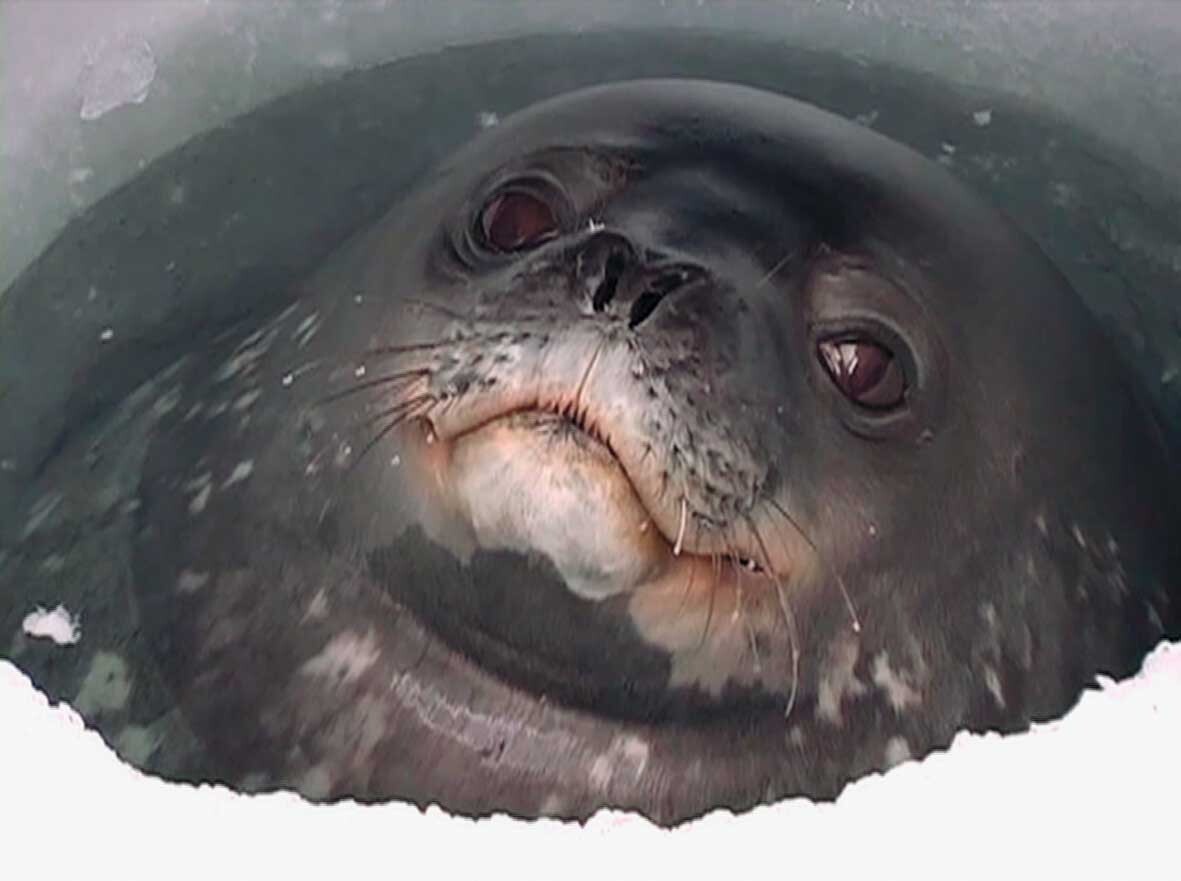
The Seas are Rising: So Are We
In Te Ao Māori the whakataukī “He toka tū moana” pays homage to the rock that withstands the sea as a metaphor for human strength in our cultural or political beliefs, whatever may come. But while the rock is steadfast, the octopus Te Wheke is a shape-shifter, canny and malleable.
Commentary
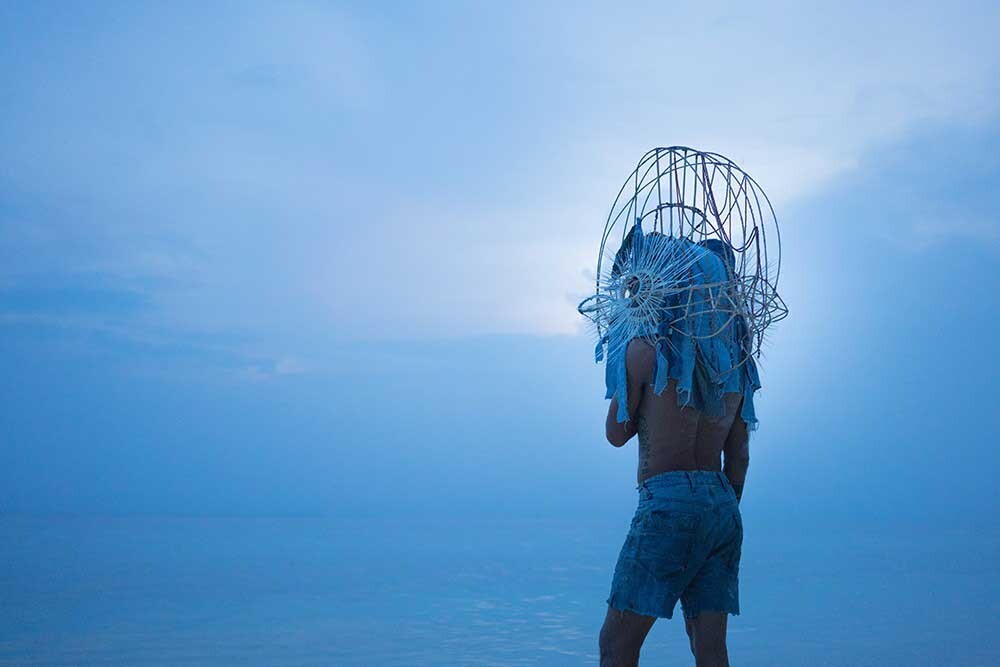
Where in the World? Placing New Zealand in the Pacific
“It is a strange fact that New Zealand can be literally all at sea in the Pacific Ocean, and yet pay that ocean, and neighbours and relations within it, so little attention.”
— Damon Salesa, Sāmoan historian
“… this small and very British country is producing some honest and lively artists whose eyes open upon a land not at all like England, but whose minds are formed in the living tradition of Western culture.”
— Helen Hitchings, New Zealand gallerist
Commentary
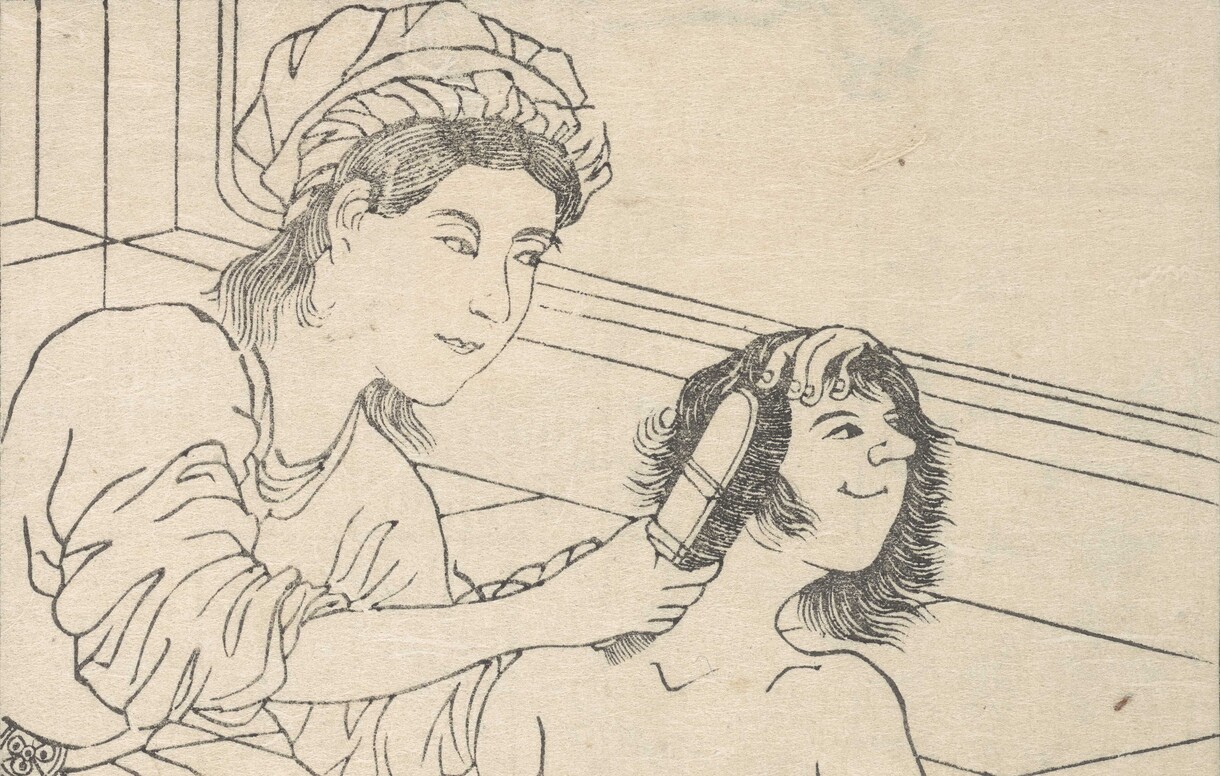
Identities of Journey and Return
It was the novelty of seeing white people rendered by a Japanese artist that tickled me when I first saw Utagawa Sadahide’s woodblock prints of foreigners in Yokohama in the 1860s. There’s something slightly clumsy about the Westerners’ exaggerated noses and the forced rounding of their eyes. You can sense, in these images, the artist’s struggle to detach himself from the conventions of Japanese art and beauty; his lines waver here, unlike his assertive depictions of long, flat Japanese faces in earlier prints.
Commentary
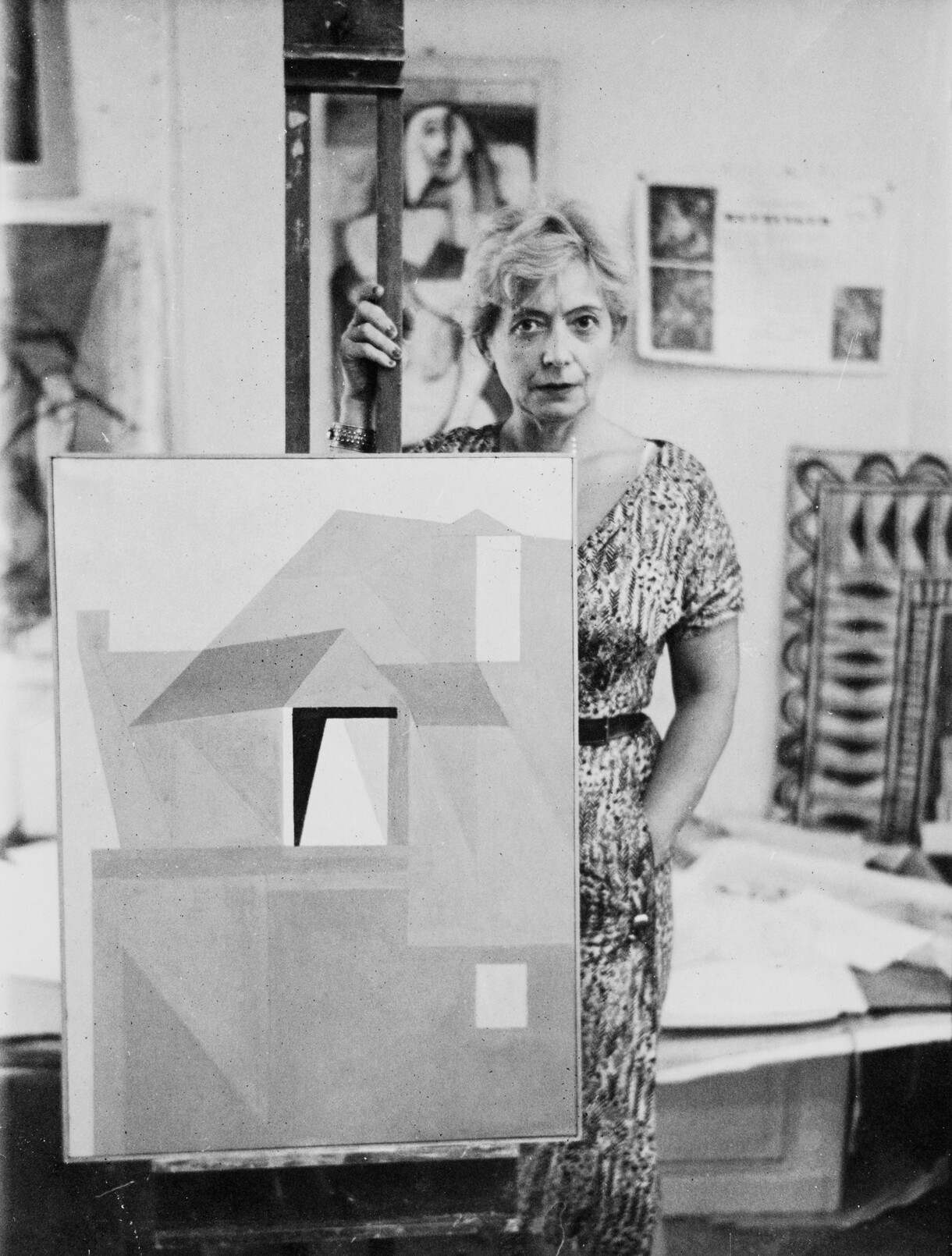
Lessons with Louise Henderson
I first met Louise Henderson in May 1990. I’d recently returned from living in the UK, and moved into what had been her house and studio at 62 Gillies Avenue, Newmarket. The owner, Ross Stevenson, was still in regular contact with Louise at her new home nearby in Sarawia Street, and asked me if I’d like to meet her. I remember being quite nervous at the time and standing at the front door waiting. She didn’t open the door at first, but pulled back the old curtain on a nearby window to see who it was. She recognised Ross so all was well. She was very polite, and more than happy to let me look through the dozens and dozens of paintings that leant four or five deep against the wall in the two front rooms of the old villa.
Commentary

Bulletin Turns 200
A cover photograph of a set of storage racks, a six-digit phone number and a simple address: Botanical Gardens, Rolleston Avenue. The first issue of Bulletin, sent to members of the Robert McDougall Art Gallery in the early months of 1979, was a no-nonsense, four-page, black and white, bi-monthly newsheet promising an informative diet of “news, views and reviews of activities” at the Gallery and “important visual arts news from Christchurch”.
Commentary

The C-Word
It’s been a very strange time. We’ve spent the last month or so asking after each other’s bubbles, and imploring people we barely know to stay safe. Depending on your beliefs, this was the month that the world demonstrated that we could put the interests of people above those of finance, or the end of freedom. Everyone, in every industry and every sector of every society has been affected in some way. But our core business is art, and we’re very conscious of the effects of a global shutdown on artists. It’s too early to know what changes this will bring to our sector, so we’re concentrating on the here and now. If your life is focused on making art, how are you going? We asked eighteen New Zealand artists to send us a picture of their lockdown studio set-up, and asked them a few simple questions.
What’s your Covid-19 studio set-up? Is it the same as pre-lockdown or are you in something more makeshift?
How are you finding this time? Is it hard, or is it a gift of time, or maybe a bit of both?
What are you finding essential during lockdown? Is there a piece of equipment/view/song you couldn’t have lived without?
Here are their responses.
Commentary

Wellcome to Māoriland
London’s Wellcome Collection was founded by Sir Henry Solomon Wellcome (1853–1936) in the year he died. An incredibly successful US-born, British pharmaceutical entrepreneur, Wellcome had a penchant for collecting medical and health-related artefacts, which formed the basis of the Collection. He didn’t restrict himself to the more obvious examples of early medical technology, however, but also collected in the area of folk remedies and indigenous cultural objects, which were largely acquired through London auction houses. Browsing the Wellcome Collection’s online catalogue, Aotearoa New Zealand photographer Fiona Pardington (Kāi Tahu, Kāti Mamoe, Ngāti Kahungunu, Clan Cameron) encountered what at first glance looked to be a number of heitiki; however, on closer inspection they did not seem quite right.
Commentary

RE: UNCOMFORTABLE SILENCE
In a recent essay Zadie Smith wrote of language as a “verbal container” – like all containers it allows the emergence of some ideas while limiting the possibility of others. The words and terms we choose, or those which are offered to us, “behave as containers for our ideas, necessarily shaping and determining the form of what it is we think, or think we think.” She is discussing writing fiction, defending the right to, and value of, drifting into other imagined bodies and taking a good look around, regardless of their likeness to our own biographical specifics. It is an uncomfortable position to hold in a cultural climate where, Smith argues, “the old – and never especially helpful – adage write what you know has morphed into something more like a threat: Stay in your lane.”




